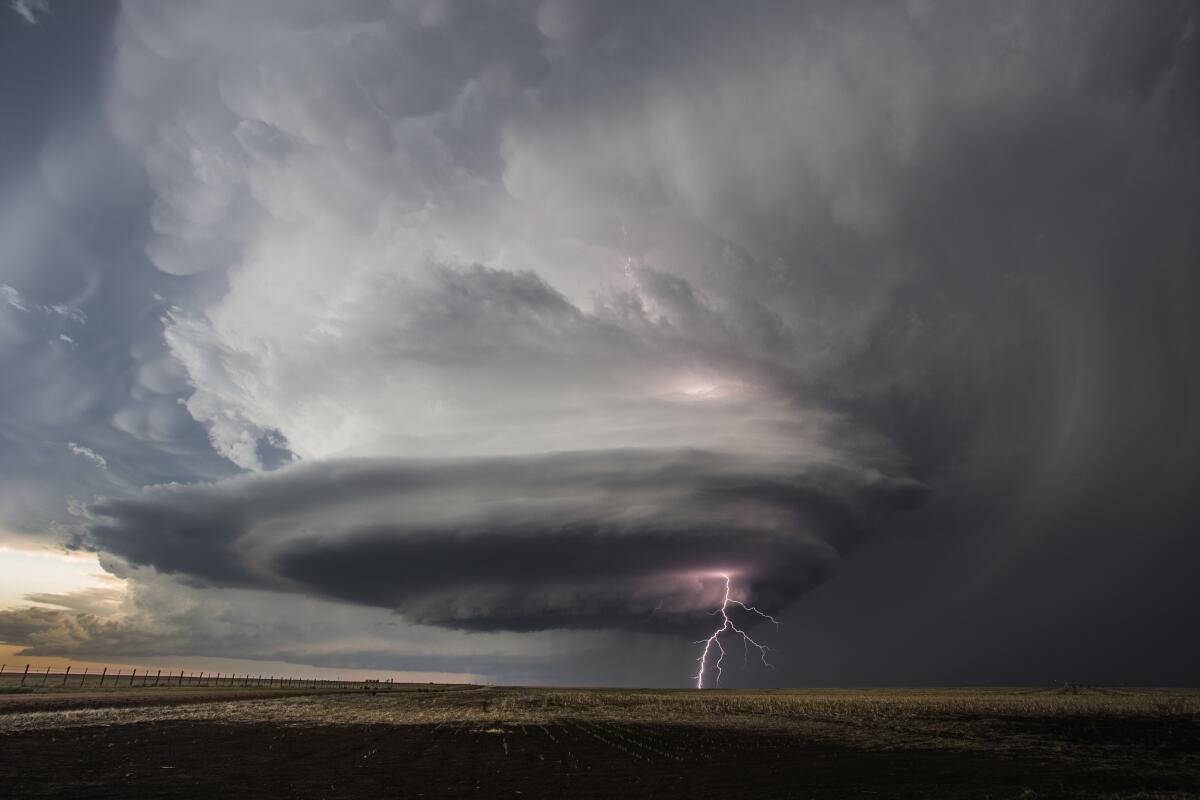Thunderstorms and tornadoes are both powerful and destructive natural phenomena, but they have distinct differences. Thunderstorms are formed by warm, moist air rising and creating cumulonimbus clouds, while tornadoes are formed within thunderstorms as a result of warm, moist air and cold, dry air colliding. Thunderstorms are known for lightning, heavy rain, and strong winds, while tornadoes have funnel-shaped cloud formations and extremely strong winds, reaching speeds of up to 300 mph. Tornadoes are generally more destructive, capable of ripping buildings from their foundations and leaving paths of destruction several miles long. Both pose significant risks, but specific safety precautions are recommended for each. Understanding the differences can help communities and individuals better prepare for and respond to these natural disasters.
Thunderstorm vs. Tornado
Introduction
Thunderstorms and tornadoes are two of nature’s most powerful and destructive forces. Both can wreak havoc on communities and cause significant damage to property and life. However, while they may appear similar, there are distinct differences between the two phenomena.
Formation
Thunderstorms are typically formed by the convection of warm, moist air that rises and cools, leading to the formation of cumulonimbus clouds. As the warm air rises, it creates a low-pressure area, drawing in more moist air and causing the development of thunderstorms. Tornadoes, on the other hand, are formed within thunderstorms and are usually the result of a combination of warm, moist air and cold, dry air colliding with each other. This collision can create a rotating column of air, which, under the right conditions, can become a tornado.
Characteristics
Thunderstorms are characterized by lightning, thunder, heavy rain, and strong winds. They can also produce hail and sometimes result in flash floods. Tornadoes, on the other hand, are known for their funnel-shaped cloud formations and extremely strong winds. Tornadoes can reach wind speeds of up to 300 mph, making them far more destructive than the typical thunderstorm.
Destructive Power
While both thunderstorms and tornadoes can cause significant damage, tornadoes are generally more destructive. Tornadoes can rip buildings from their foundations, uproot trees, and even lift and move vehicles. They can leave paths of destruction that are several miles long and up to a mile wide. Thunderstorms, while powerful, are typically not as destructive as tornadoes, and the damage they cause is usually confined to a smaller area.
Safety Precautions
Both thunderstorms and tornadoes pose significant risks to people and property, but there are specific safety precautions for each. In the event of a thunderstorm, seeking shelter indoors away from windows and unplugging electrical devices is recommended. During a tornado, finding a sturdy shelter, such as a basement or storm cellar, is crucial. Tornadoes can also be detected and tracked by weather radar, allowing for advanced warning and the opportunity to take cover.
Conclusion
Thunderstorms and tornadoes are both formidable forces of nature, capable of causing immense destruction and posing serious risks to human safety. While they may share some similarities, such as their propensity for severe weather, their formation, characteristics, and destructive power set them apart. Understanding the differences between the two can help communities and individuals better prepare for and respond to these natural disasters.
